Module 3 Bacon & Gammon
4 Preparation of pork for curing
Last Updated: 18 Jul 2022.
4.1 Standard operating procedures
All standard operating procedures, work instructions, quality attribute specifications (QAS), in-house ‘mini specifications’ and finished product specifications shall be established and maintained for the bacon or gammon product type being manufactured. Relevant staff shall be trained against these.
4.1.1 The in-house ‘mini specification’ shall be developed in line with the QAS specified in clause 8.1 and provide through using words, measurements and/or photographs, specific quality attributes that clearly defines acceptable and unacceptable key attributes for each finished product approved by the BMPA Quality Assured Bacon (and Gammon) module.
4.1.2 The ‘mini specification’ shall be prominently displayed at appropriate points of the production line to assist staff with quality monitoring and compliance.
4.1.3 A documented check shall be carried out on each production run to verify that the quality standards are being achieved.
4.1.4 Where there is evidence of attribute failure, the site shall investigate root cause and implement corrective action.
Guidance
A range of curing methods may be used including dry-curing, injection curing followed by immersion, injection curing followed by bag-maturing, Wiltshire curing etc. However, certain curing methods relate only to specific types of bacon.
The ‘mini specification’ is a short version of specific key quality attributes from the QAS displayed on the manufacturing line.
Where there is evidence of attribute failure, the site may investigate the root cause, agree and implement corrective action to minimise/prevent the issue from re-occurring. Follow up checks may be undertaken.
Evidence
Visual inspection of butchery and finished product standards at point of production. Review ‘mini specification’ and verification that the quality attributes are aligned to those detailed in the QAS and checking that the mini spec displayed corresponds to the product going down the packing line at the time of the audit.
4.2 General butchery standards
Butchery and trimming of sides, cuts and boneless pork shall be performed with minimum damage to the lean and fatty tissues.
Specifications shall be held that cover the butchery standards required for all pork raw materials intended to be used for BMPA Quality Assured Bacon and Gammon, as laid out in Clauses 4.3 and 4.4.
Evidence
Visual inspection of butchery standards. Copy of specification(s).
4.3 Butchery standards for whole sides, part sides and bone-in cuts
4.3.1 The neck shall be removed by a cut square to the dorsal edge of the side not more than 216mm forward of the posterior edge of the first rib.
4.3.2 Neck bones shall be removed cleanly.
4.3.3 The pocket hole shall be neat with minimal damage to the surrounding muscle.
4.3.4 The sternum (breast) bone shall be cleanly removed.
4.3.5 The loin (eye) muscle shall show minimal damage after removal of surface bones.
4.3.6 The fore-feet shall be removed through the upper of the two joints between the radius-ulna and carpus bones.
4.3.7 The hind feet shall be sawn off through the middle of the heel bone (between the tarsal bones and the fibular tarsal bones) to show the characteristic star pattern on the cut surface.
4.3.8 The aitch bone shall be carefully removed with minimal damage to the face of the gammon.
4.3.9 If required, the fore-end shall be separated from the side by a cut at right angles to the dorsal (loin) edge of the side and passing between the ventral ends of the third/fourth or fourth/fifth ribs.
4.3.10 If required, the gammon shall be separated from the side by a cut at right angles to the dorsal (loin) edge of the side. Its location may be varied but it shall fall between 20mm and 150mm forward of the anterior head of the femur.
Evidence
Visual inspection of butchery standards. Copy of specification(s).
4.4 Butchery standards for boneless fore-ends
4.4.1 Ribs and associated cartilage shall be removed cleanly.
4.4.2 The knuckle joint may be removed by a clean cut at the joint between the humerus and radius/ulna bones.
4.4.3 The blade-bone (scapula) shall be removed with minimal damage to the surrounding tissues and the humerus tunnel-boned.
4.4.4 Neck bones shall be removed cleanly.
4.4.5 Rind and surface fat shall be removed with minimal damage to underlying tissues.
4.4.6 The boneless fore shall be trimmed to remove loose tissue and surface glands.
4.4.7 Where still present, the neck shall be removed.
Evidence
Visual inspection of butchery standards. Copy of specification(s).

